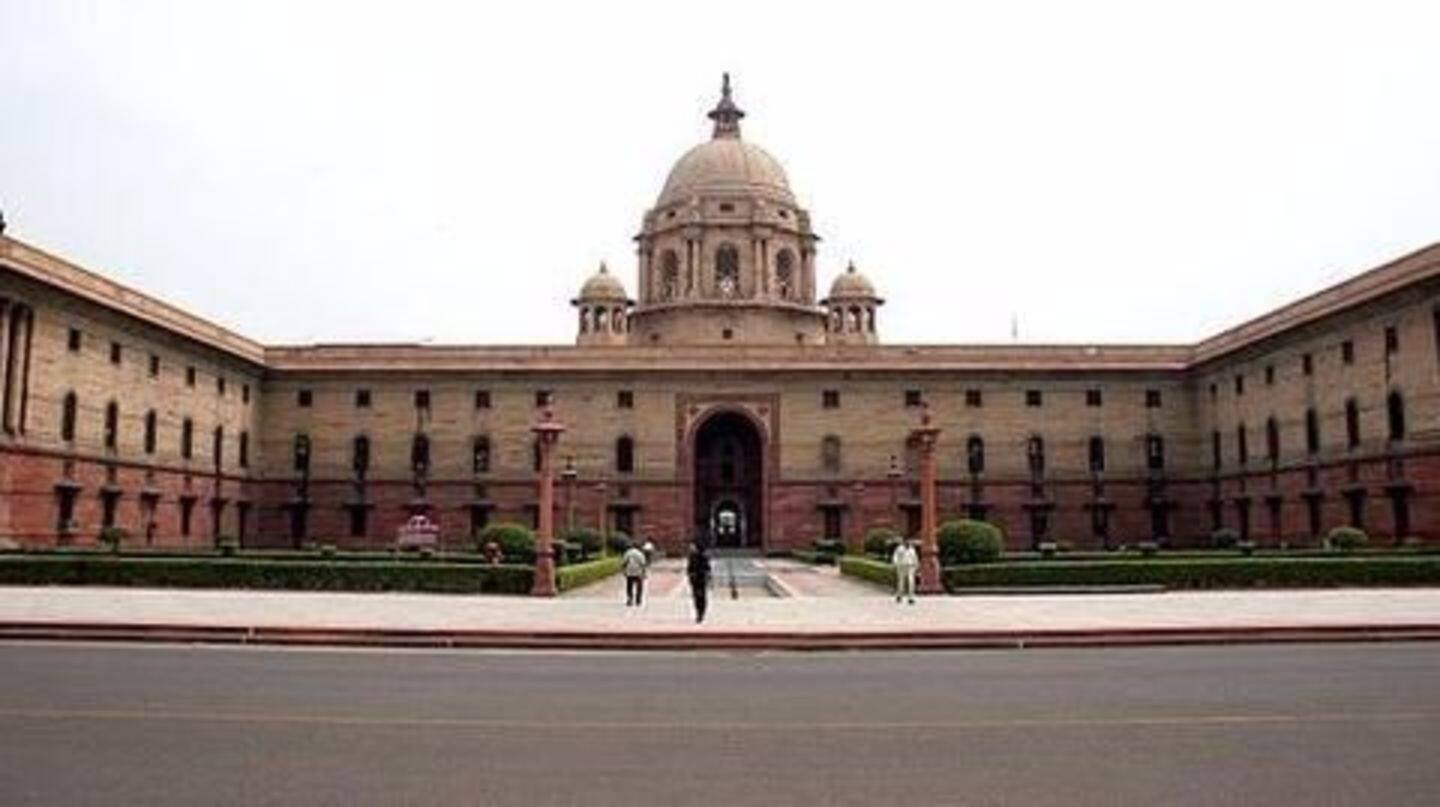
New doctrine would facilitate Army, Navy, IAF co-ordination: Defence Ministry
What's the story
The Union Defence Ministry is set to formally release India's Joint Defence Doctrine this week.
The 80-pages document is said to underline the need for integrated application of military power to attain better operational and economic efficiency.
It further enables tri-service co-ordination enabling the Army, Navy and Air Force to tackle a whole new spectrum of challenges.
Let us see what the doctrine says!
Definition
What is a military doctrine?
Military doctrine refers to a set of principles or standards that define military's approach to campaigns and operations. It also has a role to play in developing a country's national security perspective.
Background
Why is this doctrine being introduced now?
Rising tensions with China and Pakistan, threat because of full-blown war waging capabilities of Islamic State, and internal threats place India in a vulnerable position. Indian Armed Forces need to gear up to confront any outbreak in hostilities.
The doctrine further comes in the context of India's crying need for a tri-Service chief, integrating Army, Navy and the Air Force.
Details
What does the doctrine say?
According to defence ministry sources, the doctrine lays out "a framework for joint planning between the three forces". It further conveys Indian Armed Forces' global ambitions.
It sheds light on issues including national security perspective and sources and nature of threats.
It also elaborates on the changes in India's threat perception and developments in technology, since the release of the previous doctrine in 2006.
Process
How was the doctrine prepared?
Discussions on the need to institute a Chief of Defence Staff (CDS) position were initiated since the Kargil War in 1999. The matter was discussed recently at a Combined Commanders Conference held in Dehradun, attended by PM Modi.
The doctrine was prepared by the Integrated Defence Staff (IDS) after thorough consultations with the three services and "pitched at the military strategic levels".
Analysis
Joint Defence Doctrine: Need of the hour
Indian Armed Forces today face a whole spectrum of challenges in its hostile neighbourhood as well as in outer space and cyberspace. The Doctrine can pave the way for removing bureaucratic logjam to create full fledged joint commands for aerospace, cyberspace and special operations.
The Doctrine could further equip India with integrated structures which can effectively plan towards realizing India's long term geopolitical aspirations.